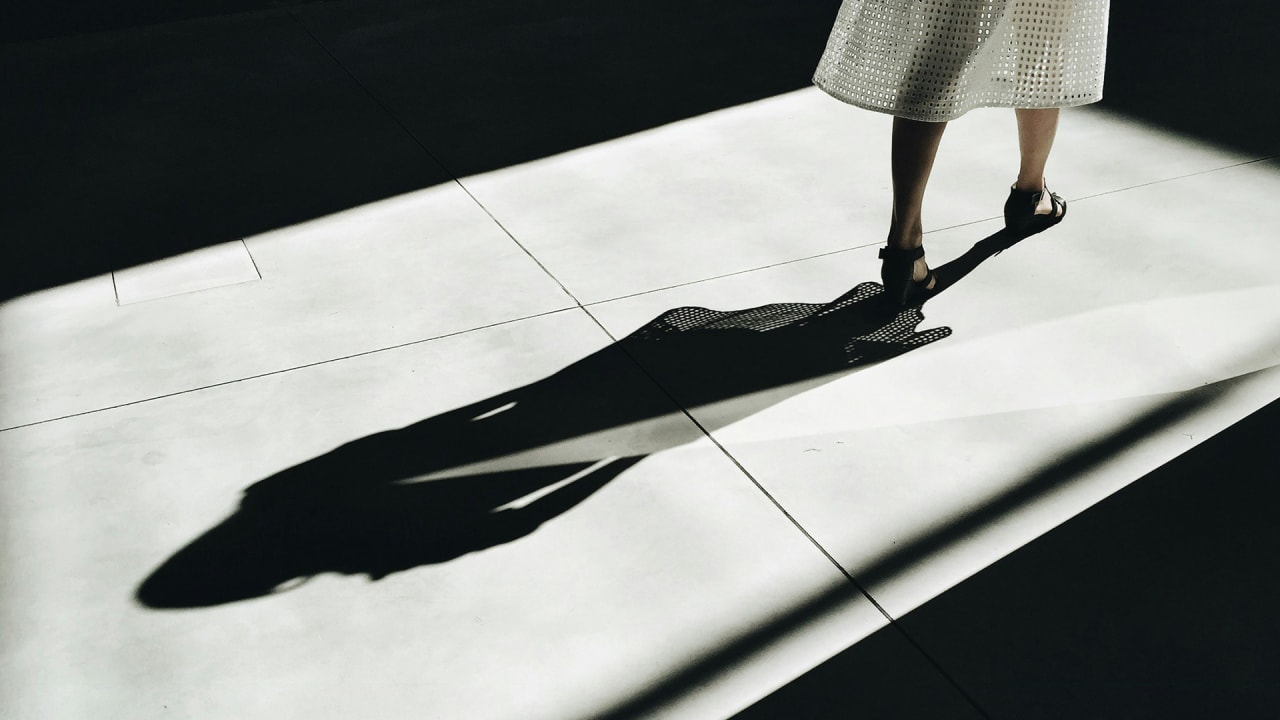This heat map shows what women experience when they walk home alone at night
There are gender gaps in everything, whether it’s salary, time spent on household chores, or just feeling safe. In the United States, 85% of men report feeling safe when walking alone at night compared to 64% of women. Now a new study published in the journal Violence and Gender suggests that this fear translates to significant behavioral differences between men and women. Researchers at Brigham Young University, George Washington University, and University of Utah School of Medicine analyzed data from 571 college students at Brigham Young, 56% female and 44% male. The students were asked to fill out a survey on walking home and safety. The researchers gave the students 16 pictures of different locations at different points in the day and asked them to picture walking alone through the picture. The students were then asked to click the areas of the picture that stood out most to them, creating a heat map. [Image: OpenStreetMap Foundation (OSMF) licensed under the Open Data Commons Open Database License (ODbL)] The researchers found stark differences based on gender. Men tended to focus on walkways while women tended to focus on what surrounded the path, such as bushes or dark areas. This was particularly true at night. But even when there were lighted paths, women still focused on areas around the path. “Despite attempts to improve environment, such as lighting, it is likely these findings represent a more systematic problem, rippling into other areas of women’s lives,” the researchers wrote. “The results presented here can be a useful conversation starter for recognizing different lived experiences and to begin reclaiming everyday spaces for free mobility.”

There are gender gaps in everything, whether it’s salary, time spent on household chores, or just feeling safe. In the United States, 85% of men report feeling safe when walking alone at night compared to 64% of women. Now a new study published in the journal Violence and Gender suggests that this fear translates to significant behavioral differences between men and women.
Researchers at Brigham Young University, George Washington University, and University of Utah School of Medicine analyzed data from 571 college students at Brigham Young, 56% female and 44% male. The students were asked to fill out a survey on walking home and safety.
The researchers gave the students 16 pictures of different locations at different points in the day and asked them to picture walking alone through the picture. The students were then asked to click the areas of the picture that stood out most to them, creating a heat map.

The researchers found stark differences based on gender. Men tended to focus on walkways while women tended to focus on what surrounded the path, such as bushes or dark areas. This was particularly true at night. But even when there were lighted paths, women still focused on areas around the path.
“Despite attempts to improve environment, such as lighting, it is likely these findings represent a more systematic problem, rippling into other areas of women’s lives,” the researchers wrote. “The results presented here can be a useful conversation starter for recognizing different lived experiences and to begin reclaiming everyday spaces for free mobility.”






















